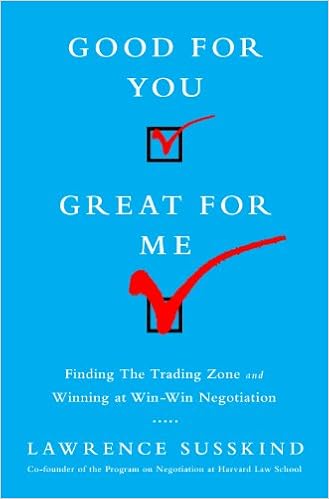It can be difficult to win approval to build even a single wind turbine in an unpopulated area.
For the past three days, more than 100 wind developers, state regulators, environmentalists, local officials and technical experts met to discuss the right way and the wrong way to site wind energy facilities. With support from the Department of Energy, the Consensus Building Institute brought together advocates, opponents and experts to share their ideas and experiences. (You can read more about the event at www.cbuilding.org.)
Here are some pretty clear "do's" and "don'ts:"
Don't tell people that wind farms will be so quiet they won't hear anything.
Don't sneak up on people and announce plans to build something without giving everyone in the area a chance to say whether and how a project should be built.
Don't build wind turbines too close to the nearest abutters.
Don't let wind developers proceed without discussing how turbine operations might have to be restricted to reduce the risk to wildlife and the annoyance to neighbors.
Don't be afraid to talk about the ways in which the profits from a wind energy plant might be shared with the community.
Don't presume that 100% of the people in an area will go along with a proposed wind energy facility just because it meets all federal, state and local guidelines. Some people don't like change of any kind, regardless of the benefits that might be created.
Do find a way to involve all the relevant stakeholders in discussions about when, where and how to build and operate wind plants. (Make sure to use a skilled facilitator who doesn't have an axe to grind to manage these conversations.)
Do promise to compensate anyone who lives near a proposed facility for any decline in property values that might occur. (It is possible to buy "property value insurance" to make 100% sure that no one suffers any loss of property value.)
Do realize that everyone reacts differently to noise and visual impacts.
Do engage in joint fact finding so that all sides have a chance to frame the questions that need to be answered and select experts they trust to give them good technical advice. Avoid the dueling experts syndrome that is so common when cases go to court.
Do realize that hundreds of wind farms have been built across America (and in other parts of the world) and that past experience can be instructive.
Do realize that there are risks and benefits associated with any technology, and that the job of elected and appointed officials is to reduce risk and ensure that benefits are shared.
Do encourage states to involve the public in formulating state wind policies. Battles over specific sites and projects do not add up to general policies about where, when and how to encourage the construction of wind energy plants. Pre-approval of certain kinds of sites, set-back and noise requirements, aesthetic and environmental protection rules, community benefit agreements and monitoring provisions avoids the need to go through all these questions over and over again.
It's very clear that the traditional "town meeting" or "hearings" approach to energy facility siting is useless. Nobody learns anything at raucous public meetings. And, we can't count on local media to present information in an even-handed way. Newspapers, local television stations and talk radio exaggerate everything and reduce complicated questions to silly sound bites. They rarely have anyone with enough expertise to explain technical issues in a skillful fashion. Instead, communities must learn how to use the internet to encourage reasoned debate and non-partisan information sharing. Professionally facilitated stakeholder engagement (involving representatives chosen by the stakeholder groups themselves) can create a level playing field in which informal problem-solving is possible. This all has to be completely open and accountable.
The Facility Siting Credo (google it) summarizes the best way to ensure a fair, efficient and wise outcome in every single wind energy situation. It's not hard to do it right.





0 Comments:
Post a Comment